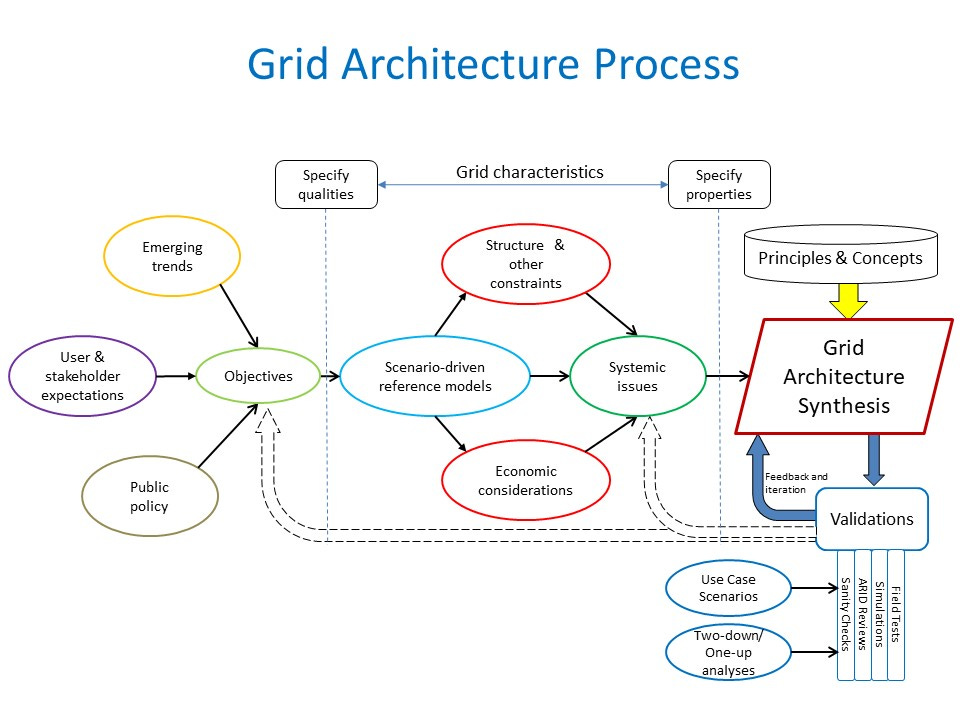Power System Architecture and Model-Based Systems Engineering: Mutual Force Multipliers
The Two Tools We Need for Modern Grid Evolution
We have seen that the discipline we call Grid Architecture (GA) in the US and Power System Architecture (PSA) in Australia yields strong insights into the limitations and strengths of electric grid structure and provides powerful and practical guidelines for how to change the 20th Century grid into the one we need for the 21st Century. GA/PSA enables us to reason about properties and behavior of the ultra-large-scale present day electric grid and proposed future electric grids, but does not easily enable visualization and quantification of behavior for validation or illustration purposes.
When I wrote the book on GA/PSA (Grid Architects’ Guidebook, 2nd Edition, July 2020, PNNL-SA-154814), I described a variety of means by which proposed power grid architectures could be validated.
One of these is simulation. There are a variety of simulation tools for portions of power grids such as transmission systems or energy markets or distribution circuits, but these tools do not come close to representing the full set of structure classes present in a real power grid with real time controls and interactions. They therefore cannot provide the visualizations and quantification we need for electric grid modernization work. Information Technology (IT) architecture tools use Universal Modeling Language (UML) along with Use Cases in a methodology such as TOGAF (The Open Group Architecture Framework) to represent information systems. The shortcomings of this approach for grid modernization have been pointed out elsewhere in this substack. In particular, UML does not have a good way to represent system or component dynamics and does not provide the means to deal with the multiple structure classes and interconnections that are the sources of ultra-large-scale complexity in electric power systems.
Other approaches such as SGAM actually discard the very electric power system structure information that is crucial to understanding grid operation and limitations and do not have usable means to represent dynamic behavior.
There is a better way.
Model-Based Systems Engineering (MBSE) provides visualization and quantification capabilities for complex dynamic systems. MBSE makes use of SysML (Systems Modeling Language) for system representation - the tools based on it are able to carry out simulations of operational flows and system performance. By showing system behavior in the form of animations, MBSE tools can illustrate how an existing complex system operates or how a proposed system would operate. What the MBSE tools and methods don’t do is indicate how to change the existing grid into a future grid.
This is why MBSE and GA/PSA pair so well - each acts as a force multiplier for the other. Their joint capabilities provide comprehensive means to represent, analyze, and synthesize power systems architectures.
There is a tremendous amount of good thinking being put forth on the subject of grid modernization, but there is massive difficulty in coalescing to a workable and practical architecture in a rigorous and understandable fashion. This is where the combination of GA/PSA and MBSE excel - the two elements compounded together form the catalyst for development of the energy systems we need for the 21st Century.




